As you may have noticed, we don’t often publish separate articles about each of the islands we visit. I believe that duplicating guides that have already been written is pointless. Moreover, I often feel that I have not explored the island well enough to be able to advise on it.
However, if we decide that we have something more to say about a given place, we write a separate article. This is how we have written posts about the island of Heligoland in Germany and Chania and the Samaria Gorge in Crete.
The same will happen with the island of Chios in the eastern part of the Aegean Sea in Greece. We spent a lot of time on the island, sheltering from the strong seasonal meltemi wind that often hits these areas in summer. Not only did we visit it thoroughly, but we also noticed that it stood out from other islands.
Therefore we invite you to join us on this Chios trip. You will learn many interesting facts about the island and get to know what you can see there. Also, we will share with you some practical sailing info.
Chios Island- important information
The island of Chios is the fifth largest island in Greece. It is located in the eastern part of the Aegean Sea, just 7 km from the Turkish coast. The island’s population is approximately 50,000 inhabitants.
Chios Island prosperity
Chios, like other Aegean islands, was ruled by Ancient Greeks, the Roman Empire, Byzantium and the Genoese. In the 16th century, it came under the rule of the Ottoman Empire, which lasted until the Greek War of Independence in 1821. During the Ottoman period the island began to experience economic prosperity. It was thanks to the plantation of mastic – resin obtained from the pistachio tree, which is grown in Chios. But more on that in a moment! Additionally, low taxes and other social benefits encouraged economic migrants to settle on the island.
Chios massacre
Unfortunately, Ottoman rule was also the history of a great massacre of the population of Chios. When the island joined the fight for Greek independence, the Turks killed 42,000 in retaliation. Another 50-80 thousand (today it is difficult to confirm these numbers and sources often provide different ones) were enslaved. Those who managed to escape spread around the world, creating numerous diasporas that live on all continents to this day.
Chios economy
To our surprise, the economy of Chios is not based on tourism. Additionally, this unpopular island is the place with the highest per capita income in Greece! Where does the wealth of Chios come from?
Despite its difficult history, in the 19th century Chios became the motherland of Greek shipping. Wealthy diasporas from London, Istanbul and New York played a huge role in its development and financing.
Currently, the people of Chios own about 50% of the Greek merchant marine (by volume), which is about 12% of the merchant marine in the world! It is from here and the neighboring island of Psara that the largest Greek shipowners come from.
Income from tourism in Chios is negligible, apart from the diaspora coming to the homeland.
How to get to Chios?
The easiest way to get to the island of Chios is by ferry from Athens or other Greek islands. Connections vary depending on the season, so I encourage you to check the current options on the ferryscanner website. There are also ferries to Chios from nearby Turkey, from Çeşme.
There is an airport on Chios that serves domestic flights from Athens and other Greek cities.
Since we are traveling on a yacht, we will briefly describe this way of getting to the island.
Chios – sailing information
Chios Port
This is the main ferry port on the island, and therefore busy and noisy. Yachts moor at the quay in the southeast corner with an anchor from the bow – typical Med mooring. There are mooring lines in some spots, but they are not serviced. You can also dock alongside the southwest quay, but this is not recommended due to the waves from the fast ferries.
Note: about 30-40 m, parallel to the southwestern quay, there is an old chain at the bottom, so pay attention when laying the anchor. Water and electricity available only at the southern quay, fuel on request.
The port provides good protection during meltemi, but when the winds are stronger, a wave enters the port and it becomes unpleasant and choppy.
The very nice Harbor Master Stelio is waiting for you on site. If you need help with the lines, you will need to call ahead. You can find the contact information in popular cruising apps. You can also write to us and we will send it to you.
Chios Marina
As we needed a decent shelter from a very strong meltemi with forecast wind gusts of over 40 knots, we chose another option, the unfinished Chios Marina. It provides excellent shelter from wind and waves, which we definitely confirm. The marina does not have any management and has no infrastructure, electricity or water. Thanks to that, it is free of charge. It is best to dock alongside on the inside of the breakwater. However, you have to arrive earlier to find a place. An alternative is to moor with the stern to the piers on the western side, but in some places the depth drops to about 2 m. This is an option for yachts with a smaller draft.
Danger: Be very careful about the shallows and reefs on the western side of the marina entrance. To avoid them, you should keep a westerly course perpendicular to the breakwater, and immediately after passing it, turn 90 degrees to the right, staying close to the breakwater.
Below is our route on the Navionics map. The smallest recorded depth was 3m.
The distance from the marina to the city is about 2 km. On the way, you can visit Ottoman Baths and pass by the Windmills of Chios. Once you reach the center, there are few tavernas along the coastline.
Exploring The Island
How to move around?
Once we dock safely, it’s time to explore the island. The best option is to rent a car, as public transport is poor and the island is too large to drive a scooter.
We recommend the company from which we rented a Hyundai I10 for 35€ per day, so at a very good price. Car can be delivered and picked up from the marina.
What to see in Chios?
Kampos district
We start our trip with a drive through Kampos, a district once inhabited by wealthy Genoese and Greek merchants. The district is distinguished by stone fences, behind which you can see impressive villas and citrus groves. Unfortunately, many buildings fell into ruin. Some have been transformed into boutique hotels or are in private hands. A must-stop is the villa, which now houses the Citrus Memories Museum and a café. The museum, which is supposed to tell the history of citrus growing in Chios, is disappointing and looks neglected. Nevertheless, it is worth coming here to the café, which is located in a beautiful garden. Lunch and coffee under the vine leaves, listening to the cicadas, is a fantastic start to a trip to Chios.
Chios Mastic Museum
It’s time for the island’s biggest attraction. This is a modern Chios Mastic Museum. As I mentioned earlier, the resin from the pistachio tree is responsible for the economic prosperity of the island under the Ottoman Empire. Mastic is still harvested today and exported all over the world. It is used in gastronomy, cosmetics industry and natural medicine. Also, it has antibacterial and antiseptic properties, supports digestion, absorbs cholesterol and helps wound healing. It has a specific, sweet-citrus flavor, is sticky and chewy.
The museum is truly impressive, located on the top of a hill overlooking the island and the mastic trees. It’s hard to believe that such a huge museum can be dedicated to a tree!
However, when we walk around and look at modern exhibitions, we learn about the history of Chios and begin to understand the enormous importance of the resin collected on the island.
In times of greatest prosperity, the raw material was so valuable that small towns in the mountains were fortified and the entire population worked on the harvest.
The museum also describes the process of harvesting and processing mastic, which is long and complicated. After cutting the mastic from the bark, it is repeatedly washed, cleaned and sieved to obtain pure resin. It is then dried. The resulting “grains” are segregated by size – its use will depend on this.
Outside there is an open-air museum which is a large mastic orchard. The observant eye can see the precious resin dripping from the bark. Even if the harvest time has not yet come, which falls in autumn.
Mastic products
We end our visit to the museum in a shop where you can buy mastic-based products. What I have decided on was fine mastic that can be used, for example, to bake pancakes or bread. It has sticky properties, so the dough does not fall apart. I also buy larger pieces of mastic, which are basically very healthy chewing gum. I don’t choose resin-based cosmetics – they have too intense a scent for me.
Pyrgi Town
The next points on our Chios route are three mountain towns – Pyrgi, Olympi and Mesta.
Pyrgi is the largest village on the island. Like the others, it is built of stone, and the narrow streets provide shade on warm days. What catches the eye is the unique architecture and decorations that we have not seen anywhere else in Greece. The idea is to decorate building facades using the xysta technique, i.e. with white and gray geometric or floral patterns. They are made of cement, volcanic sand and limestone. The effect is impressive! In the village you will find plenty of cafes, restaurants and souvenir shops. According to some sources, it was here that the famous Genoese – Christopher Columbus was born. Unfortunately, we were unable to find his alleged home.
Olympi Town
From Pyrgi we go to Olympi. It is a much smaller and completely non-touristy village. You will find several restaurants here that serve mainly meat. In addition to the charming stone streets, we really enjoyed the scenes painted on wood that fill the shutters and door frames of abandoned houses. It doesn’t take much to breathe life into ruined buildings!
Mesta Town
Mesta, a few kilometers away, is slightly larger. Thanks to the double defensive walls surrounding it, it is really difficult to get to it. Finally, we find a narrow stone tunnel through which we enter the town. We’re not surprised that pirates had a lot of difficulty raiding these villages.
An old shepherd’s trail – monopati – leads from Mesta to Olympi. It is not long – only 2.6 km one way and 130 m of elevation gain. I think this is a very interesting option if you are not here in the middle of summer and the temperatures do not reach 37°C.
What we really appreciated when driving around Chios and other Greek islands are public parking lots. Even the smallest towns have a free parking lot at the entrance, where you can leave your car and continue exploring on foot. This makes life much easier, especially since Greek towns are not famous for their wide roads.
After visiting three mountain towns and eating a large portion of meat in Mestoúsiko Grill House Food, we set off north. Our route leads along the west coast of the island. We highly recommend it – the views are amazing! As a result, we stop every few minutes to take photos.
Anavatos Town
Our destination is the abandoned city of Anavatos. It is a symbol of the Chios massacre committed by Turkish troops during the Greek War of Independence in 1822, killing over 42,000. population. The inhabitants of Anavatos, afraid of falling into the hands of the Turks, threw themselves off the cliff. Currently (2024) the city is undergoing renovation. For this reason, you can take a walk outside the buildings, but for now it’s not possible to go inside. There is also one restaurant.
Nea Moni Monastery
The last stop before returning to Chios is the Nea Moni Monastery. This monument is in the UNESCO International Heritage List. It was once one of the richest monasteries in Greece. Its church (Katholikon) has pretty precious Byzantine mosaics. This is also the place where the Turks committed a massacre, killing 3,500 women and children who took refuge in the monastery. A peculiar souvenir of those times are their skulls, which are displayed in a wooden cabinet.
Due to the late hour, we can’t to visit the entire monastery – some places, such as the museum, were closed. Remember that appropriate clothing is required in the monastery – a skirt for women and covered shoulders. You can grab some at the entrance.
After an intense day of sightseeing, we end our tour of Chios. The next day the predicted meltemi, strong northerly wind, is expected to hit, so we do not plan to leave the marina.
Visiting Chios Island – summary
Chios undoubtedly made a great impression on us. First of all, the island is significantly different from others, it has its own unique history and wealth. When visiting subsequent islands, we often have the impression that they are not significantly different from each other. In this case it was different. A huge advantage is the very low tourist traffic, thanks to which the island is not (yet) flooded with Chinese crap and other mass tourist attractions. And we like such places, especially since their number is decreasing at an alarming rate.
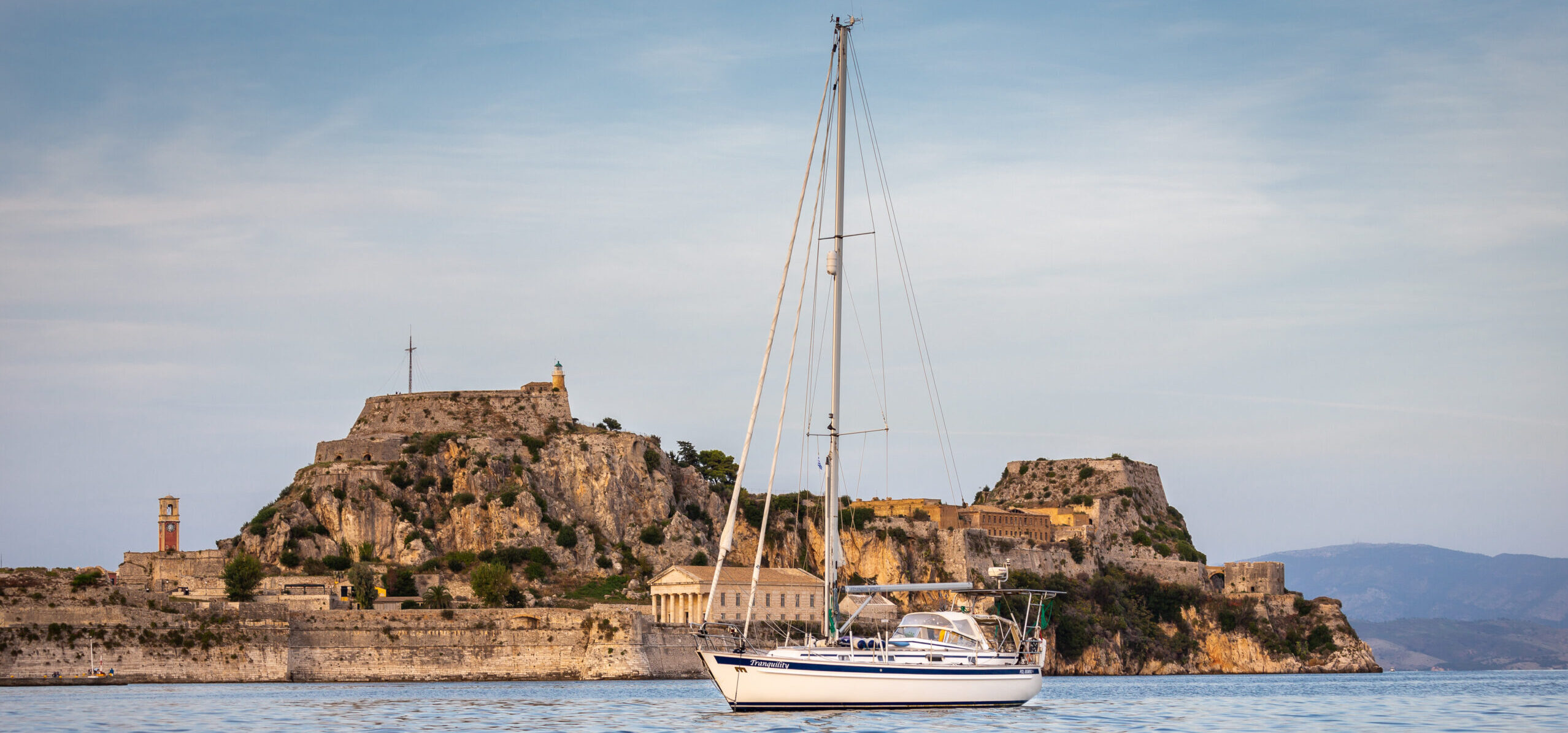

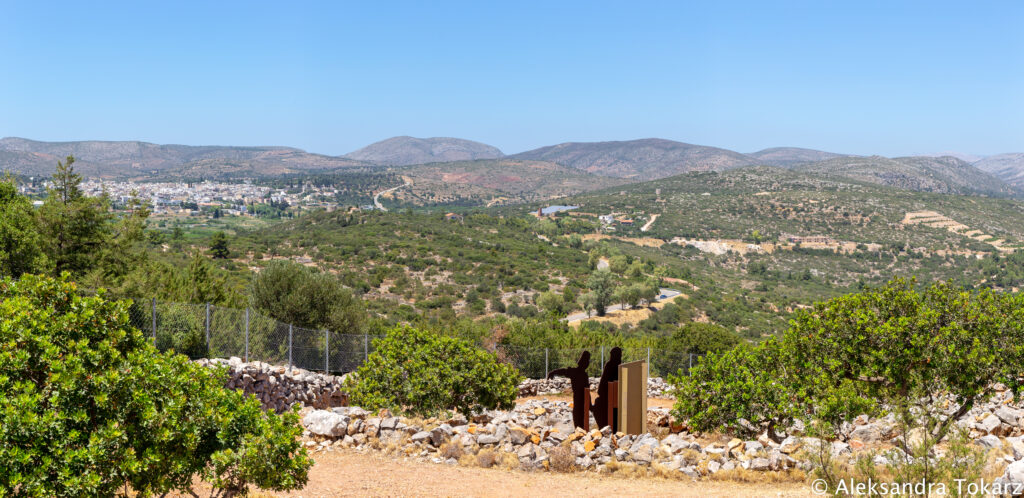
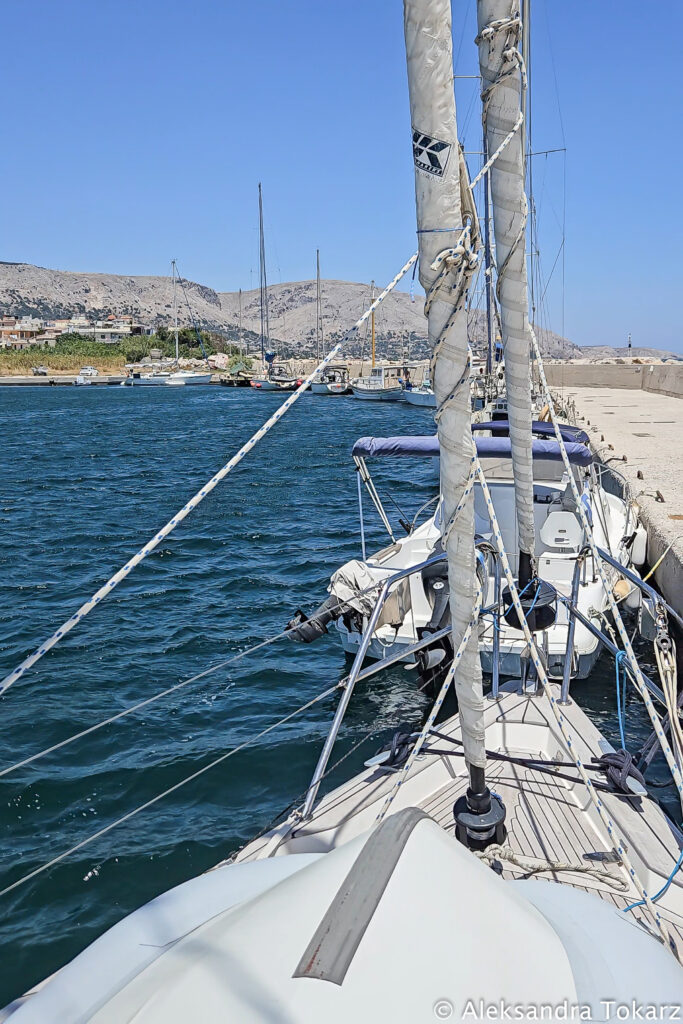

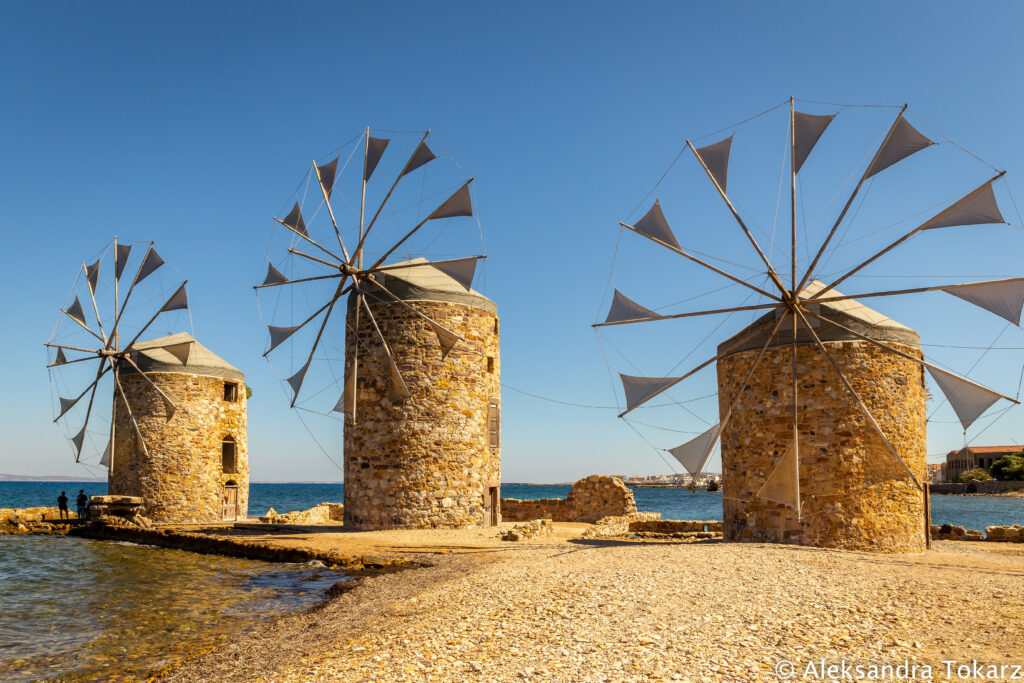
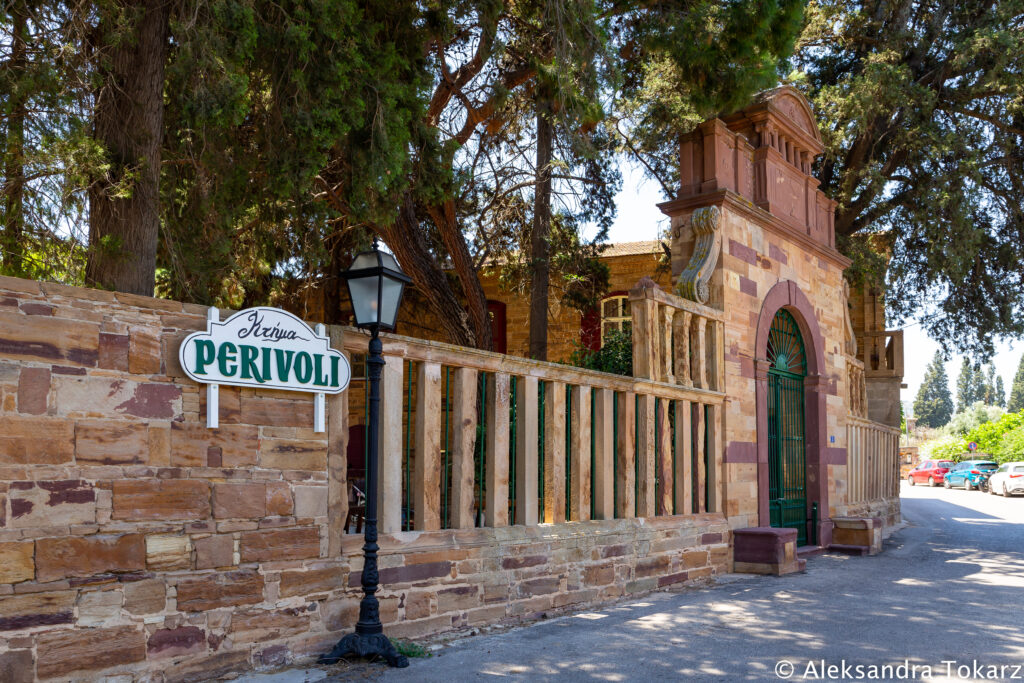
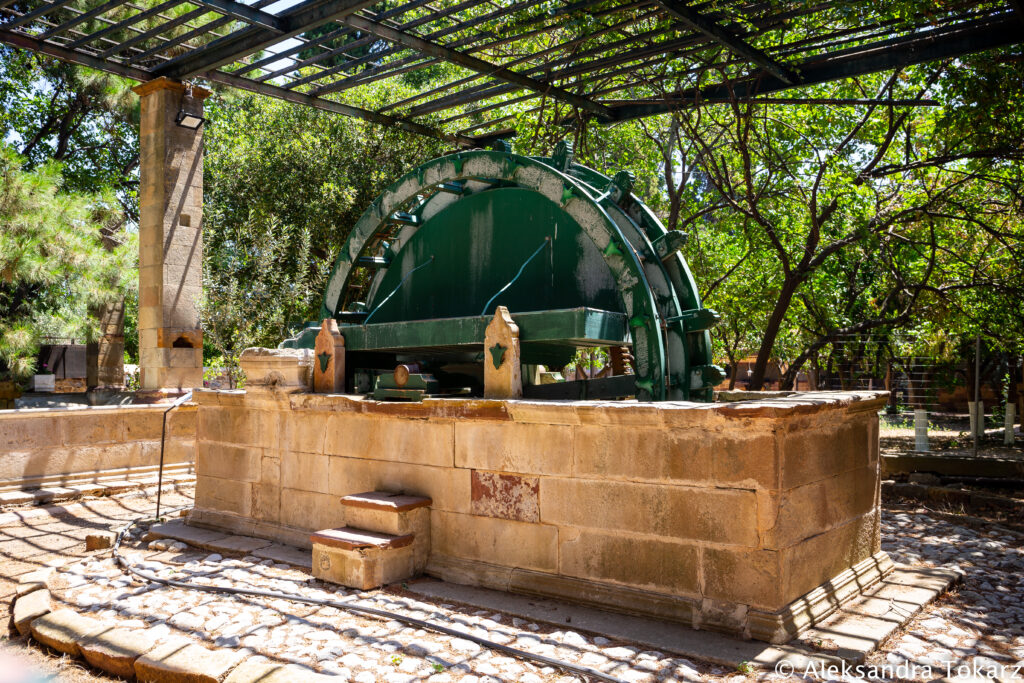

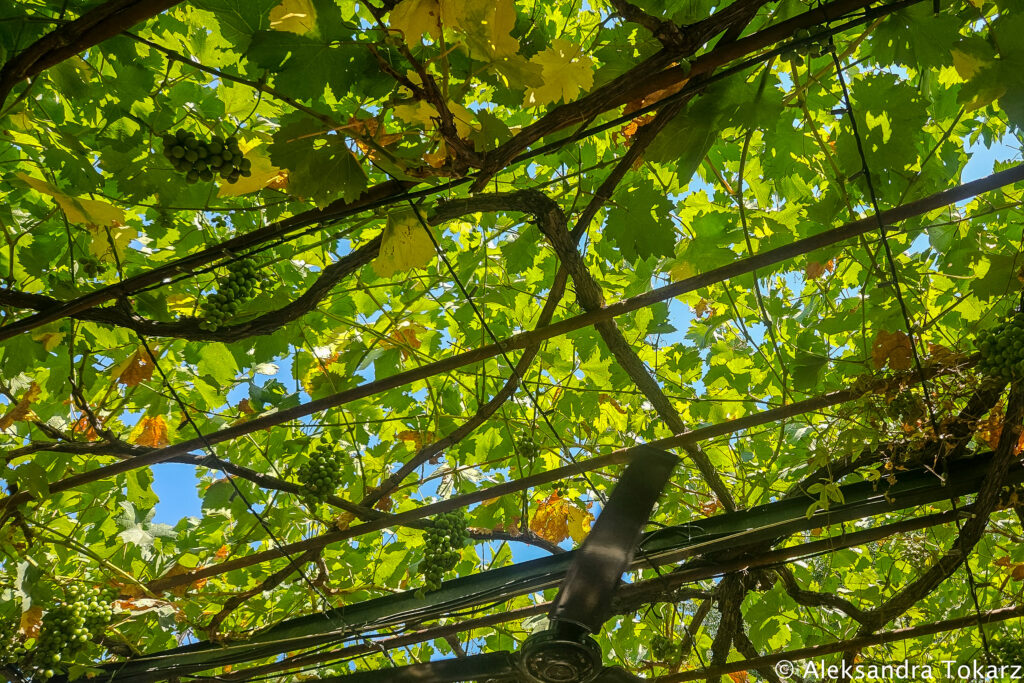
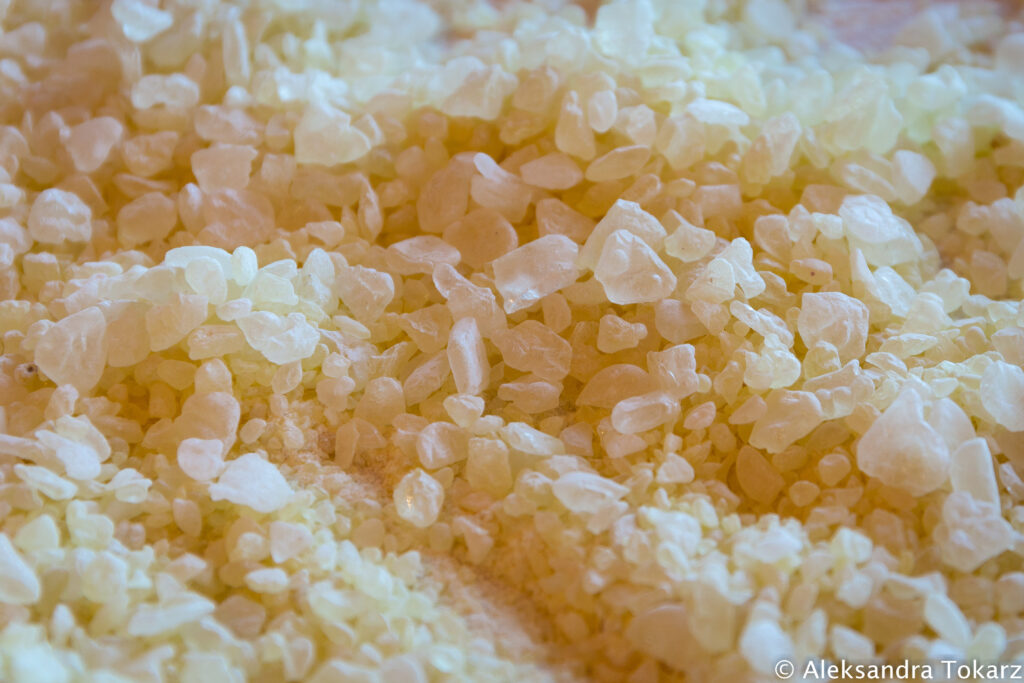
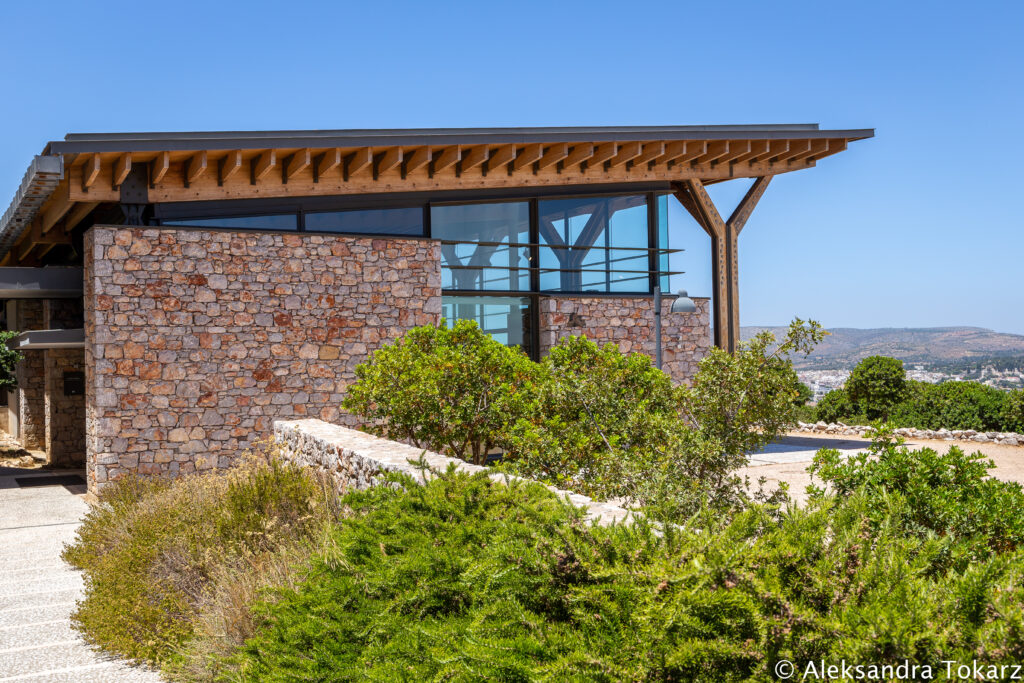
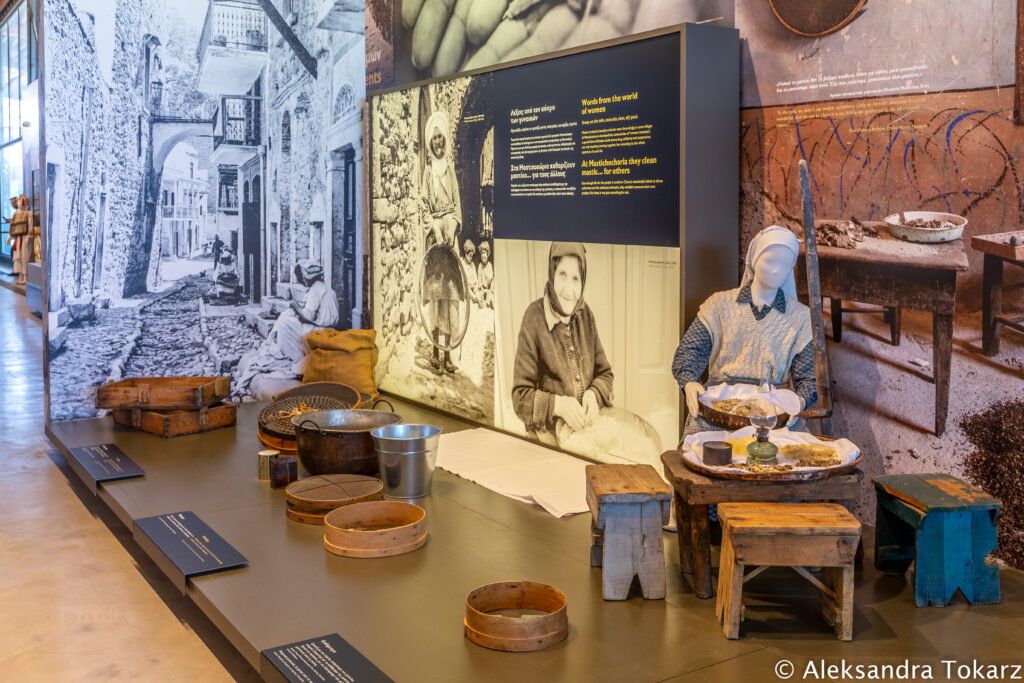


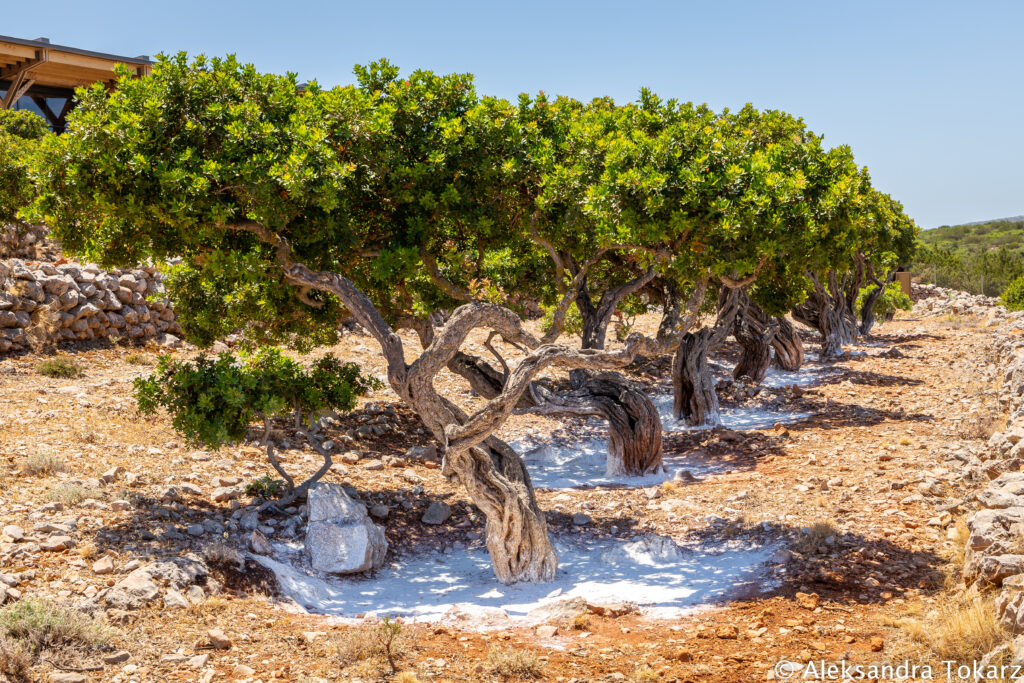
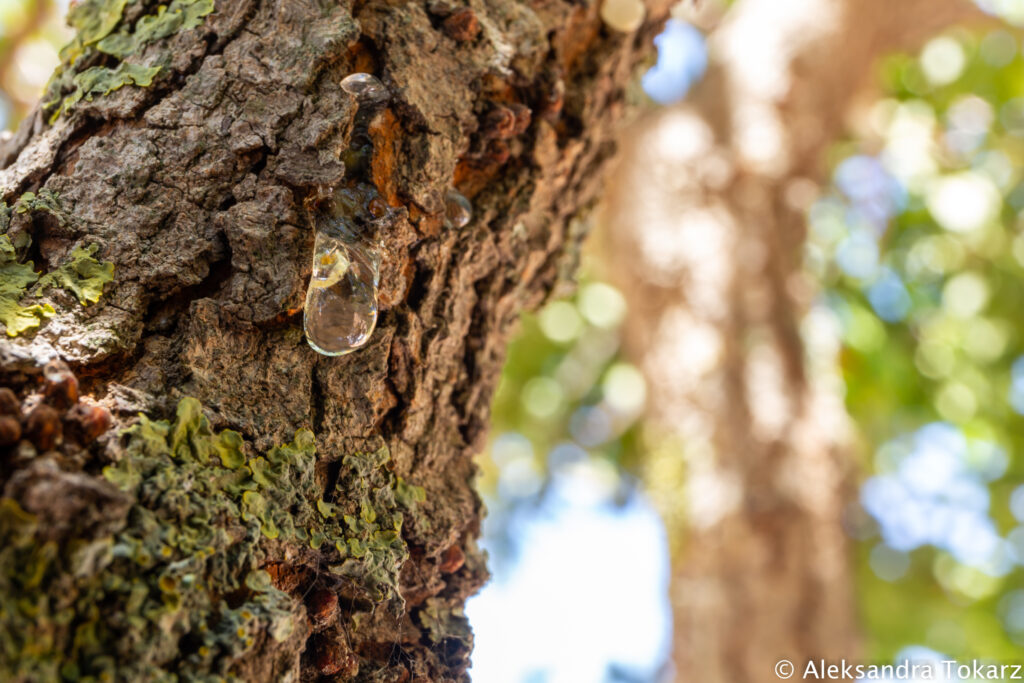
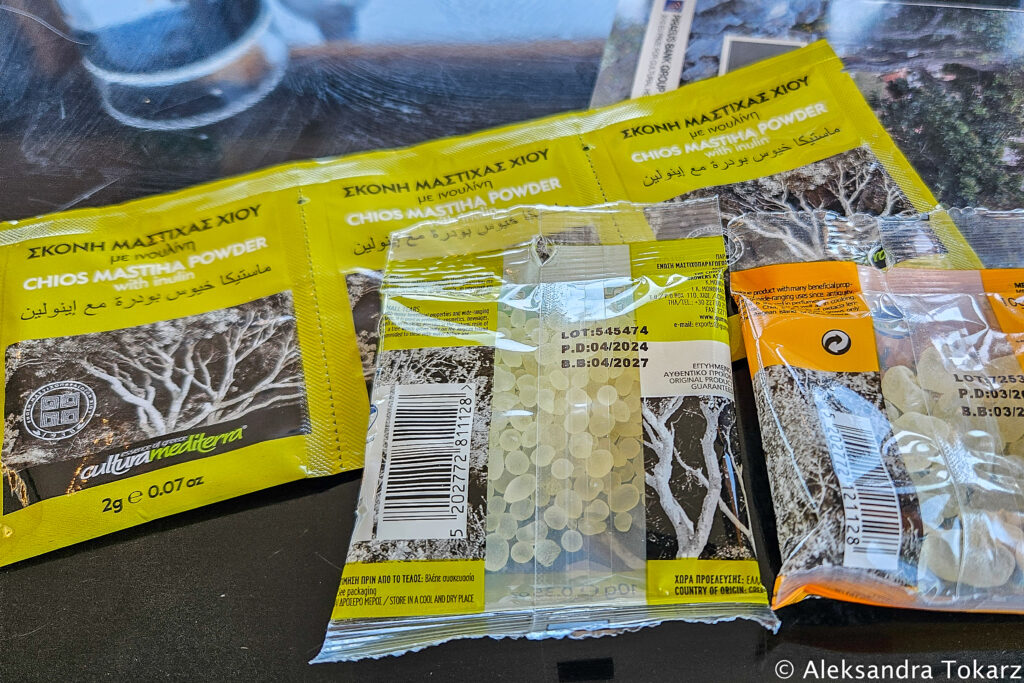
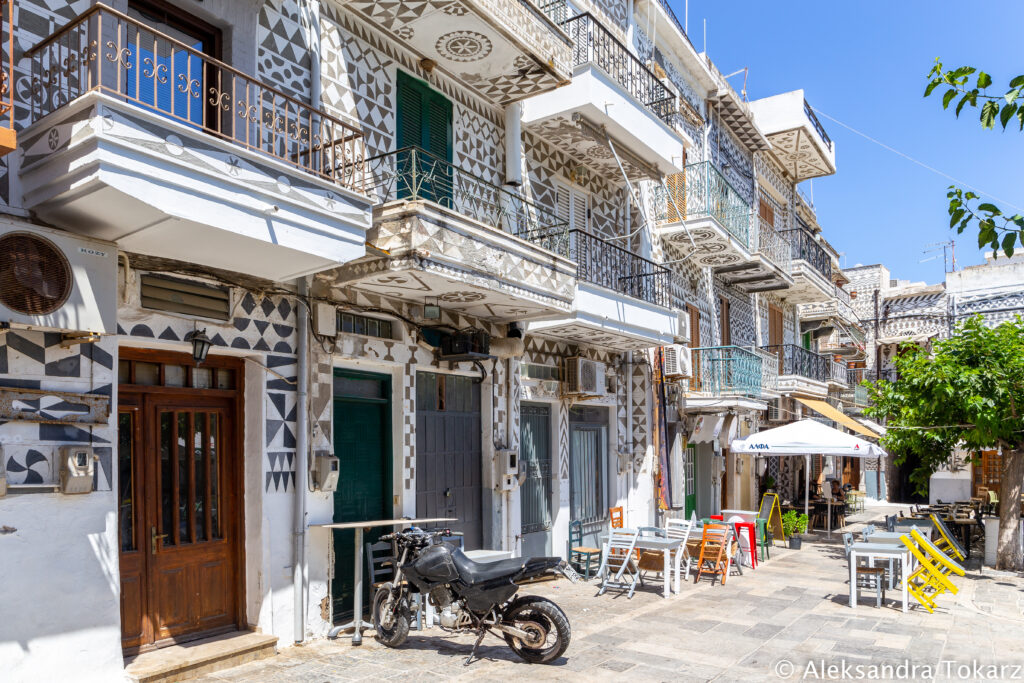
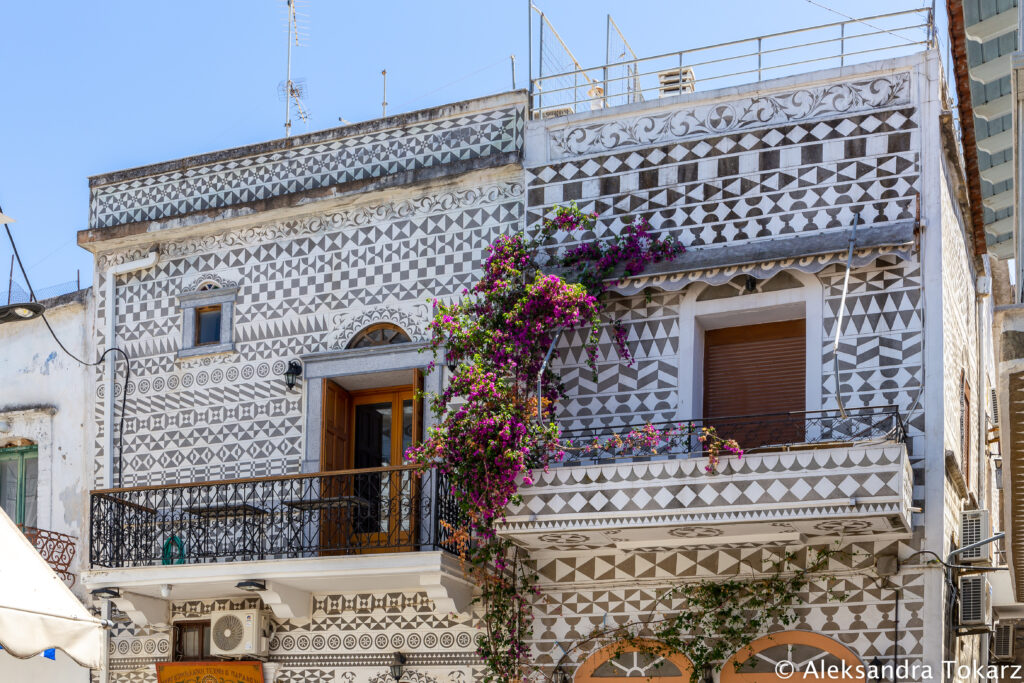
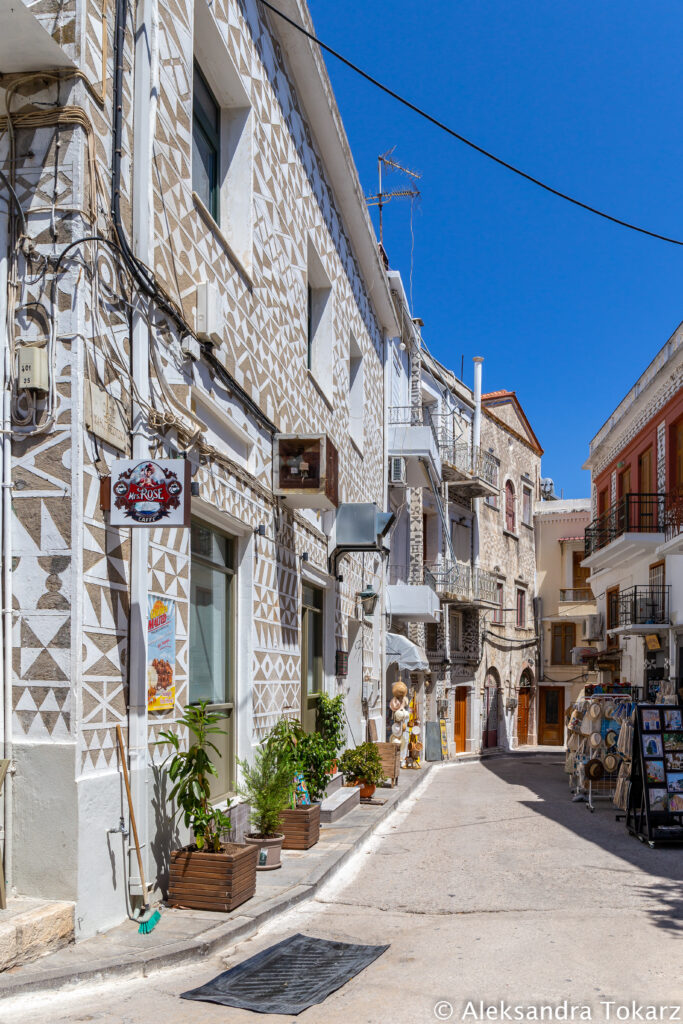
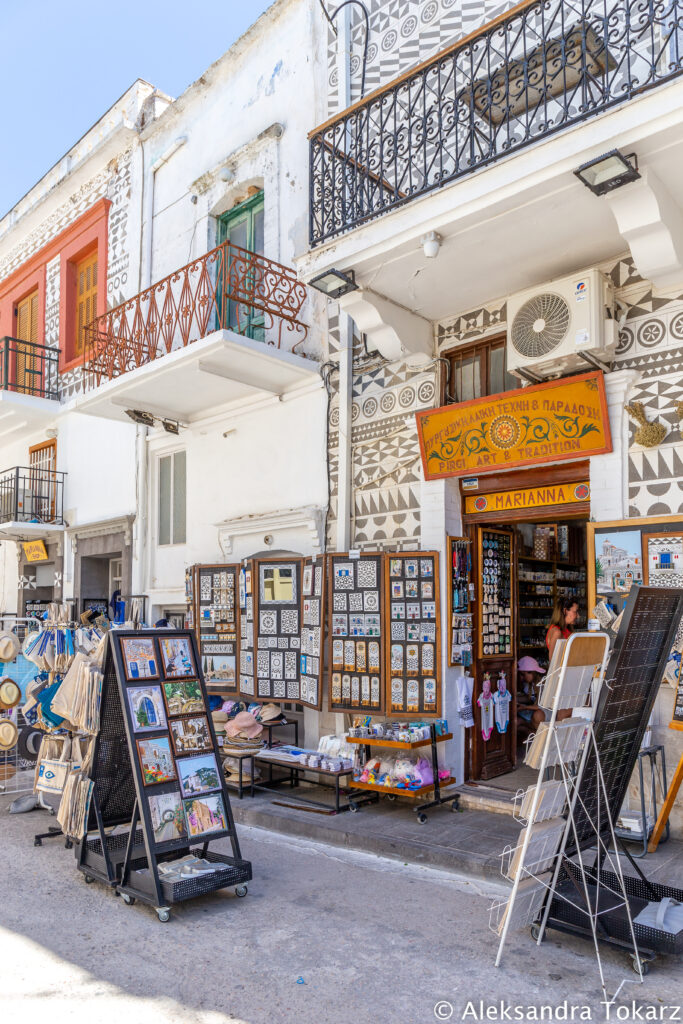
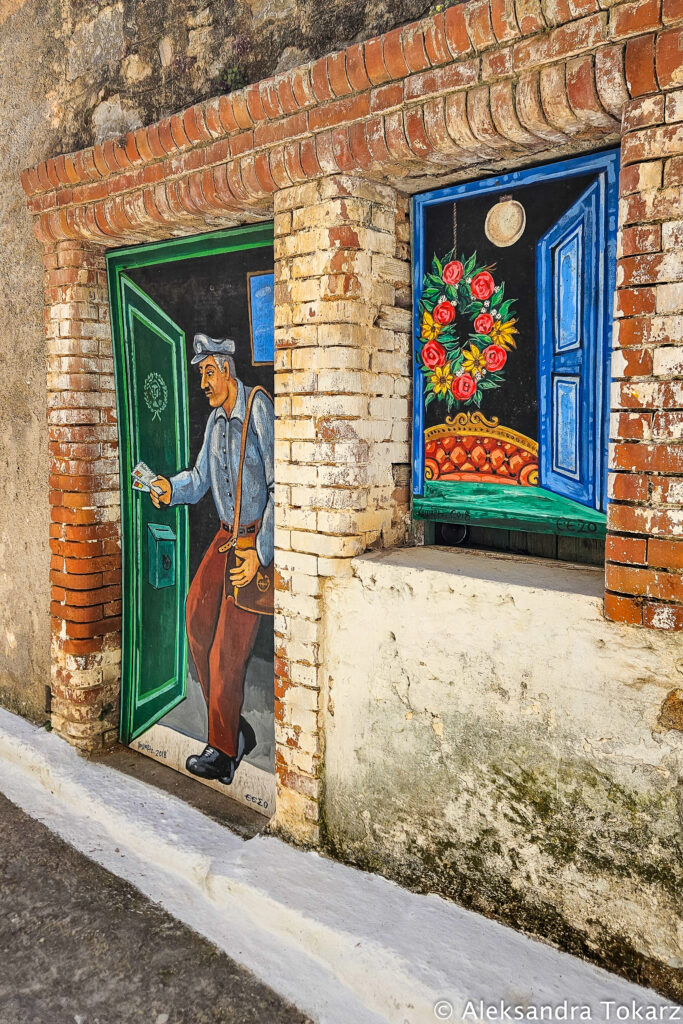

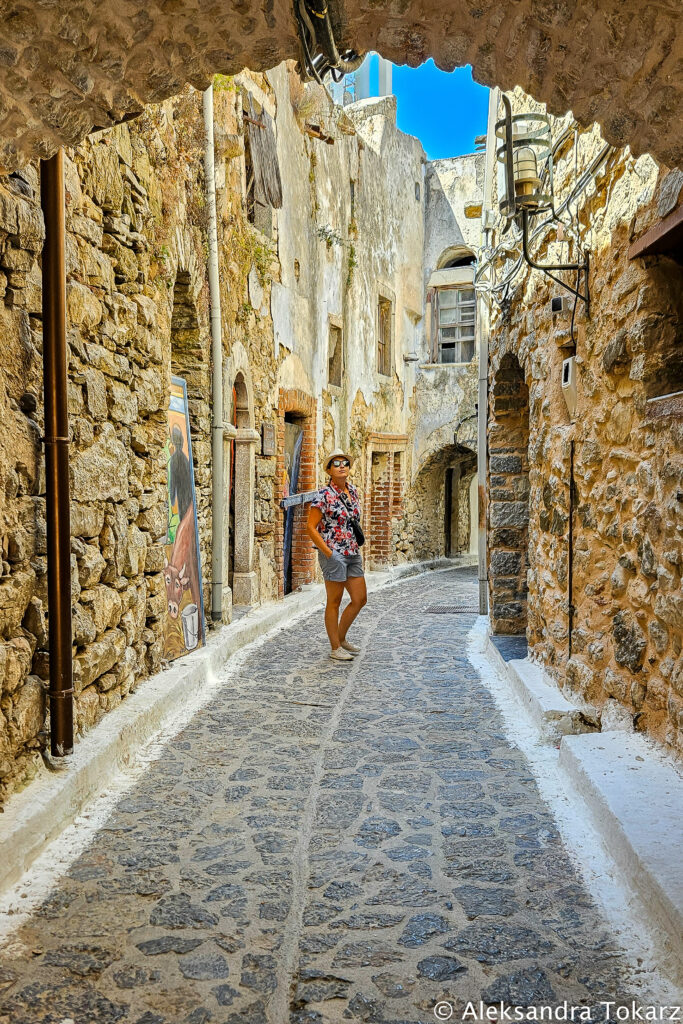
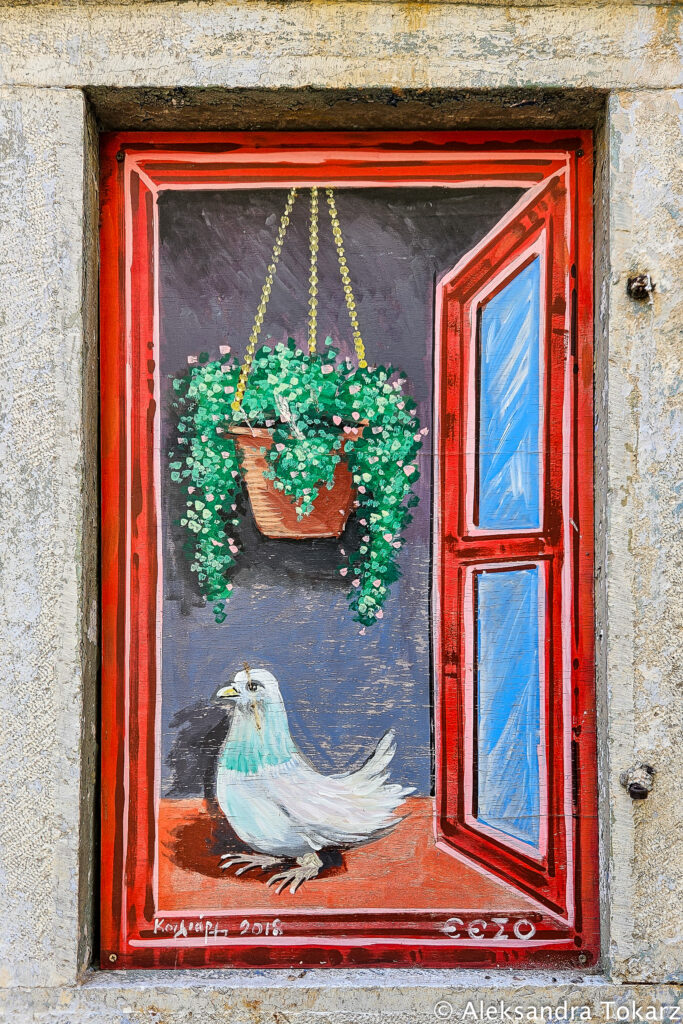
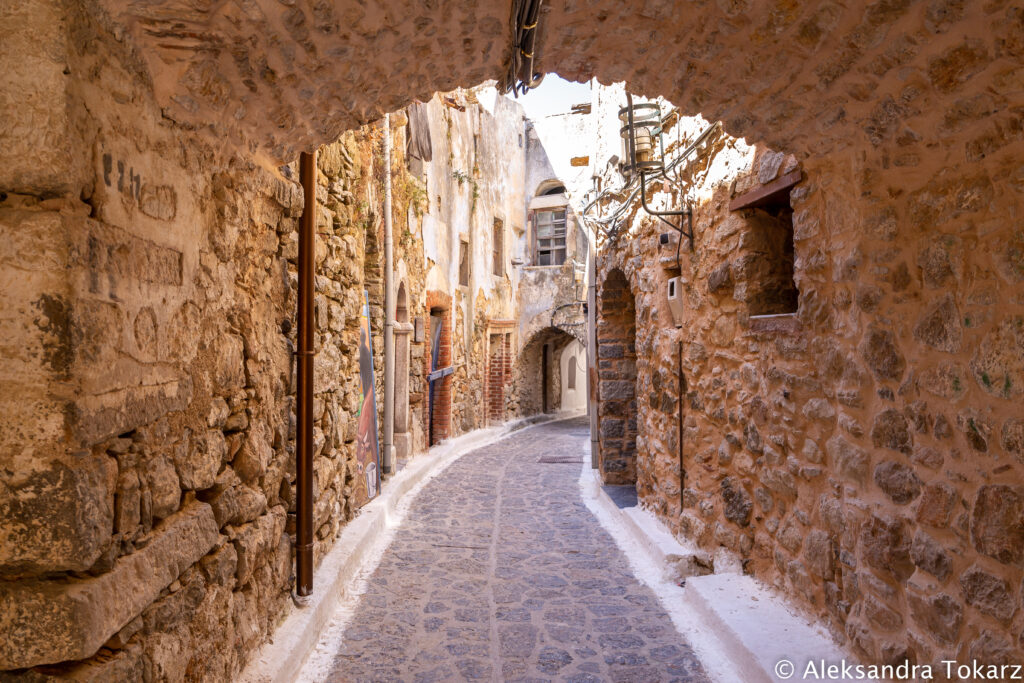
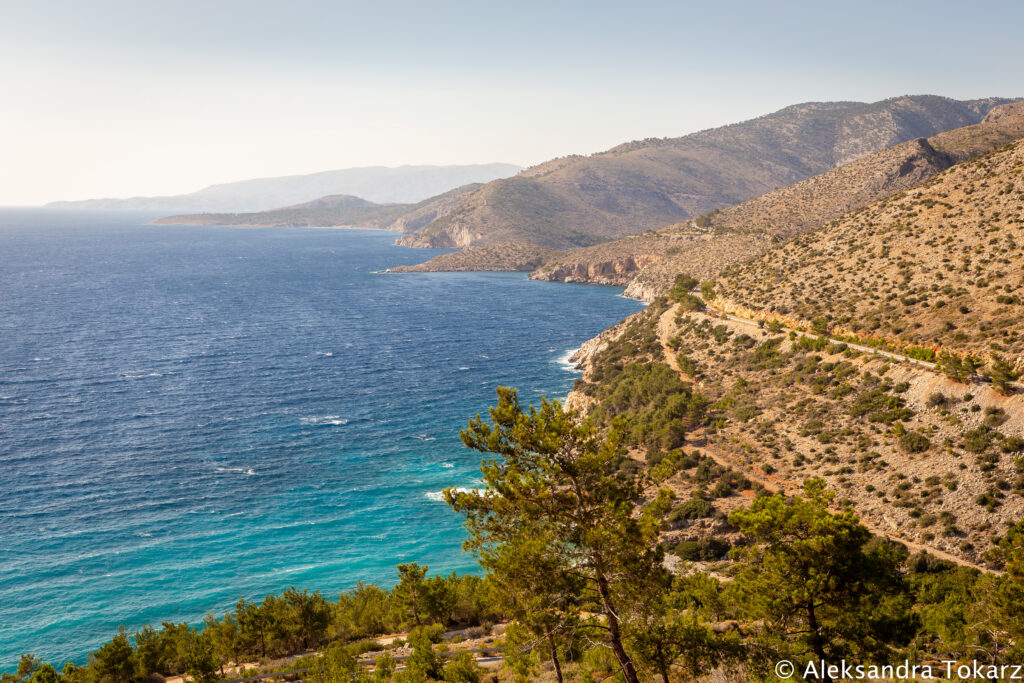

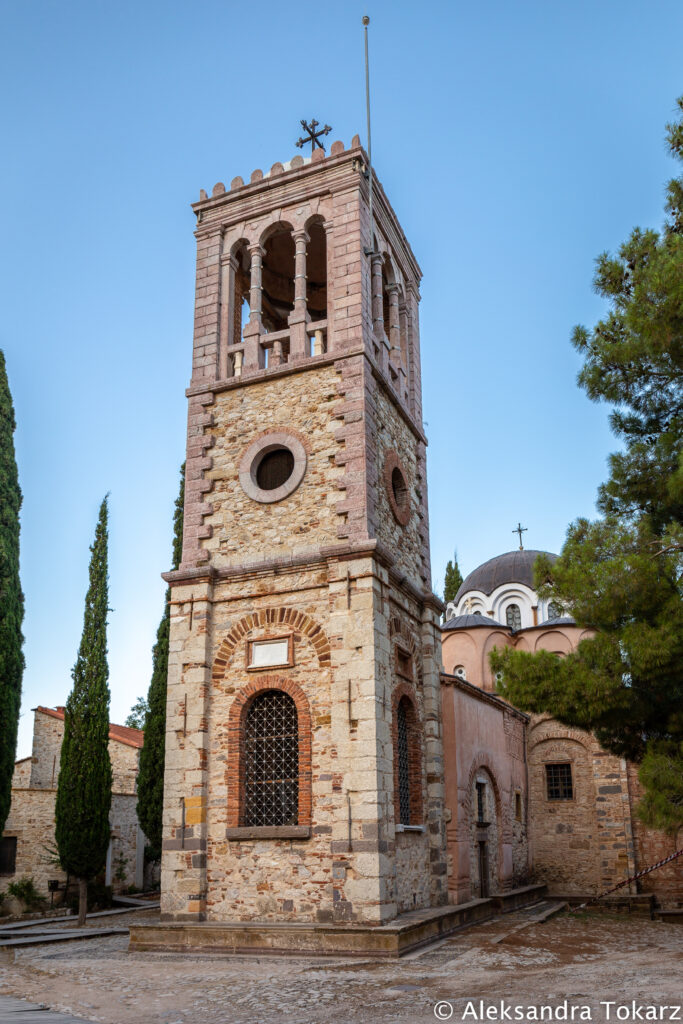
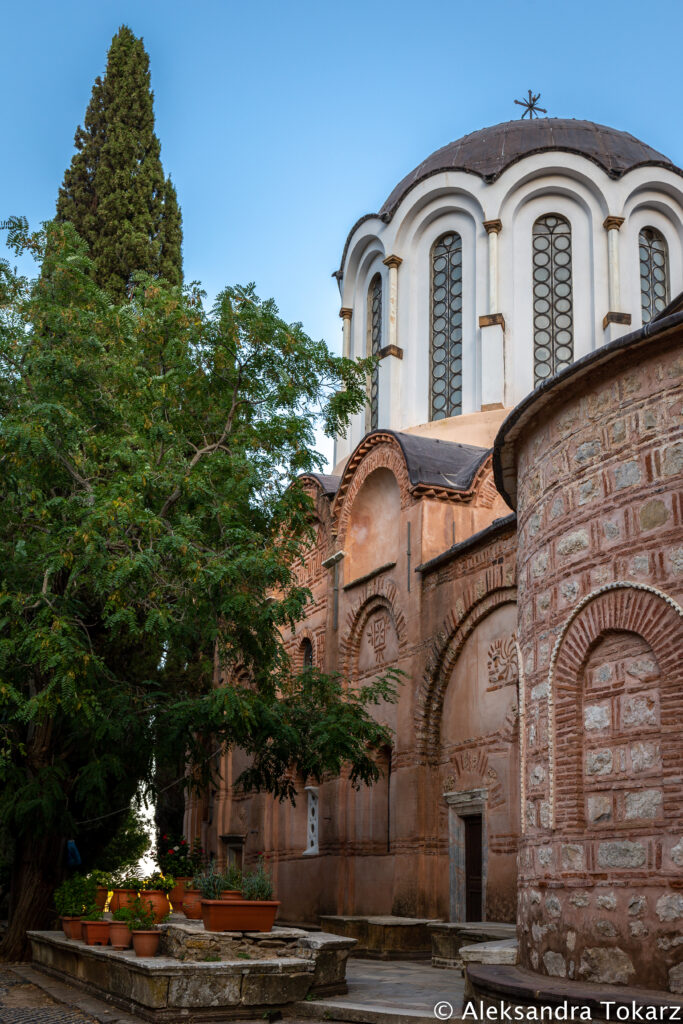
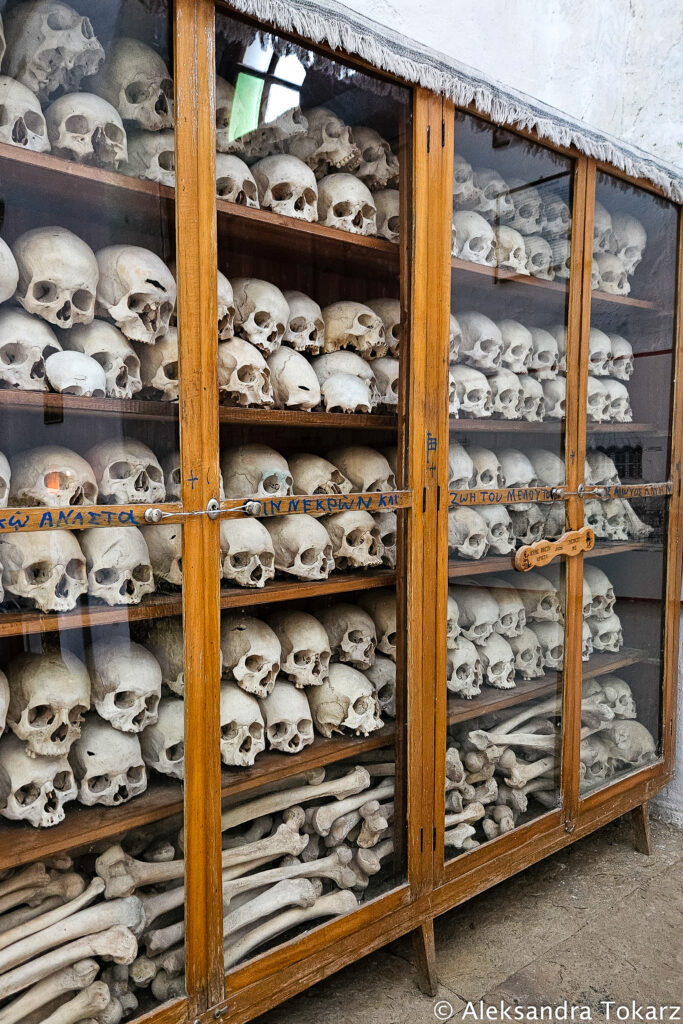

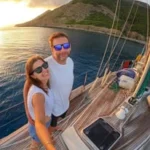


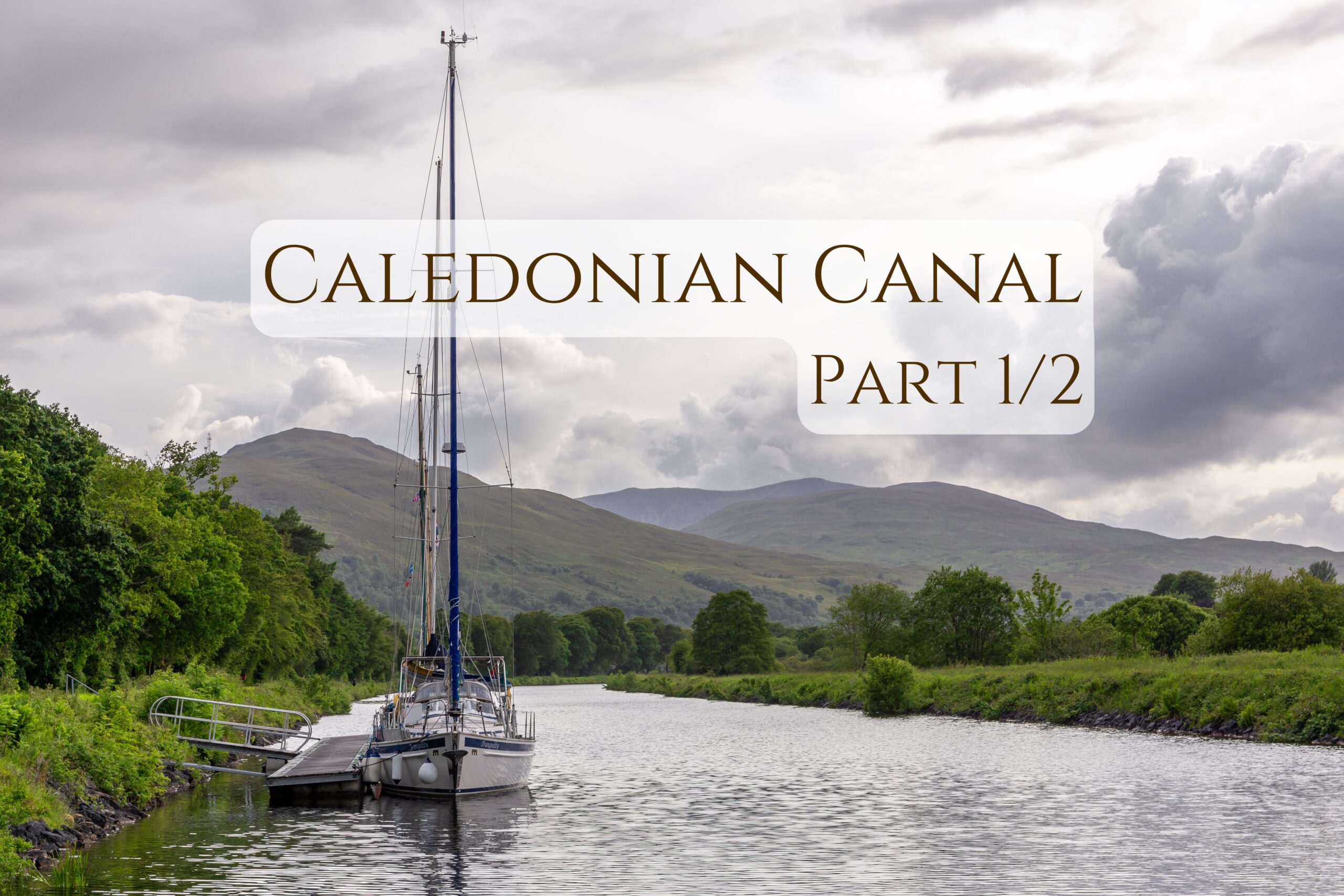
No responses yet